This week, we’re delighted to have CEO of HighLevel – Shaun Clark – on hand to help us learn about a very important and often overlooked metric in retention, especially if you have recurring services. We’ll be discussing how to automate client delivery, sales, and marketing, while making more money. There is A LOT to cover in this episode, so let’s get cracking!
About Shaun Clark
Shaun Clark is a serial entrepreneur, multi-millionaire, and a co-founder and the CEO of HighLevel – the #1 white-label marketing platform for agencies. Serving more than 20,000 agency owners, HighLevel is the all-in-one sales and marketing platform that agencies and consultants can white-label and resell to customers.
It includes features like CRM, Form & Survey Builders, Funnel & Website Builders, Drag & Drop Email Builder, Automations/Workflow Builder, 2-Way SMS, consolidated Email, various social media messengers – and that’s just for starters.
Points of Interest…
- Client Retention and the Metric of ‘Churn’ 1:17
- The Two Types of Churn 3:43
- Agency Benchmark for Churn in Terms of Client Retention 5:30
- Retention & Churn as a Project-Based Shop 7:26
- Communication of Value & Price Point 9:14
- Closing the Gap Between Control & Visibility 11:49
- Pricing & Client Retention 16:56
Client Retention and the Metric of ‘Churn’
I come from the software world, as does Shaun, and you literally can’t go to any meetup – or talk to any entrepreneur without repeatedly hearing the word “churn”… We obsess over this metric of churn, which has to do with how many clients we lose, especially on recurring contracts, but it’s not something I see a lot of focus on in the agency space. Until now! Before we dig into that, however, I ask Shaun to explain exactly who they serve at HighLevel.
“We help agencies scale, grow, reduce churn, and become a lot more profitable. Honestly, we got here because we were on a mission to help small businesses. Along the way, we learned that the real unsung heroes of small business success are agencies. We realized that if you really want to help a business, you really want to help an agency.”
Agencies understand how hard it is to get a client. And, when you lose that client, that is ‘churn’ by definition. This has almost become an assumption in the agency space – that you’re just going to lose that client someday. Obviously, that’s not an inevitability if you have the right tools. Not only is it possible to eliminate churn, but it can also usher in a significantly larger profit margin on the other side of solving for churn.
As for how you might start measuring your churn level, or deciphering if it’s an area that requires more focus on your part – well, first of all, you need to figure out what type of churn applies to your agency.
The Two Types of Churn
Noooo, it’s not metric churn and stomach churn; rather Customer Churn and Revenue Churn! What you want to do is measure both customer churn and revenue churn (Google the best formulas) on a monthly basis. Simply put, you need to understand what percentage of your revenue or customers you’re losing in any given month.
You could have really low revenue churn, however, if you have a very high revenue concentration under one or two customers, you’re creating a big risk for yourself. In other words, if you lose one customer that essentially translates to losing 50% of your revenue stream. As with most things in life, it’s important to have a nice balance going on to mitigate this potential risk.
Conversely, sometimes folks could have – for example – higher customer churn amongst a certain type of customer, be it a low dollar customer, or even a customer they don’t want. The practice of honing in on your revenue/customer churn can teach you a lot about where you’re winning and where you’re losing.
OK, to reiterate; on a monthly basis, make yourself aware of what percentage of revenue you’re losing and/or what percentage of your customer base are you losing. Do you think that’s good? Or do you think that’s bad? Most importantly, how can you improve it? Once you improve it to the point where you feel like you can improve it no more – then, of the people who still leave, ask yourself this:
“How can I keep those people from ever showing up and getting through the door in the first play, so that I can really truly find a way to get to almost zero churn?”
Using revenue churn is probably the best way to do this because it helps factor in things like Customer Value, thus allowing you to segment a little bit more effectively.
Agency Benchmark for Churn in Terms of Client Retention
Of course, there isn’t an answer to that! Why not? Well, it’s going to vary wildly depending on such factors as:
- The price point and target industries they sell to
- Defining the inherent, underlying churn existing in that industry
- The number of businesses that open/close in said industry, and so on…
Attaining some sort of benchmark isn’t entirely impossible, however, therefore I’m quick to ask Shaun if there are any general ‘rules of thumb’ that can be applied in terms of benchmarks.
“A lot of people get caught up in the math, but if you simply think about being an agency – feet on the street – it’s about knowing your customer. For example, when someone does leave, it’s really about the reason behind their departure. To put it another way; the fundamental of churn is ‘I quit.’ So, the question that needs asking is ‘Why did you quit?'”
There could be all sorts of different responses to this. For example, your customer could be leaving because their business is closing down – and, realistically, that’s just unfortunate and beyond your control. And this is the crux of it – if you want to be actionable about things – is to isolate the things you can control for.
*** Shaun delves into the minutiae of attempting to decipher why a client may leave from 6:28 minutes, however, the bottom line is this: “You want someone to walk out the door for only the most uncontrollable reasons. Everything else? You want to make sure you eliminate.”
Side note: do you have a cadence in place to review client satisfaction, and retrospectively discuss how a project went and why clients may have churned? The meeting templates you’ll need to install this at your own agency is available (among other things) totally for free in the Agency Profit Toolkit.
Grab your copy for free below!
Client Retention & Churn as a Project-Based Shop
Before we go any deeper; if you’re a project-based shop perhaps starting to tune out of this episode ’cause you think it doesn’t apply to you – this DOES apply to you. Even project-based agencies have some form of repeat business, so how should you be thinking through retention and churn as a project-based shop?
“What they ought to do is think about how can they amend that to create a recurring revenue base. I think project based jobs have it right out of the gate, which is that this high dollar amount concept are periodic in nature, so how can we underpin it with a recurring monthly revenue stream?”
According to Shaun, this is how a project-based shop should be approaching things as, ideally, you want a customer every month, indefinitely. Even if it’s at a significantly lower dollar amount. Why? Because there’s lots of technology that can be brought to the table to make things more manageable as it’s very tricky being a purely project-based shop (***which Shaun addresses from 8:12 minutes***)
The ultimate goal, however, is to flip it from a project-based model to a more recurring revenue model. So, if you’re a project-based shop, keep doing what you’re doing – but look to add that recurring revenue base, and that’s really going to help you with your profit margins.
Communication of Value & Price Point
OK, we’ve got essentially Communication of Value, and then we’ve got the Price Point being high as a potential risk to a lot of the small businesses that are (ideally) being served in this case. With that in mind, what’s the framework for addressing those challenges?
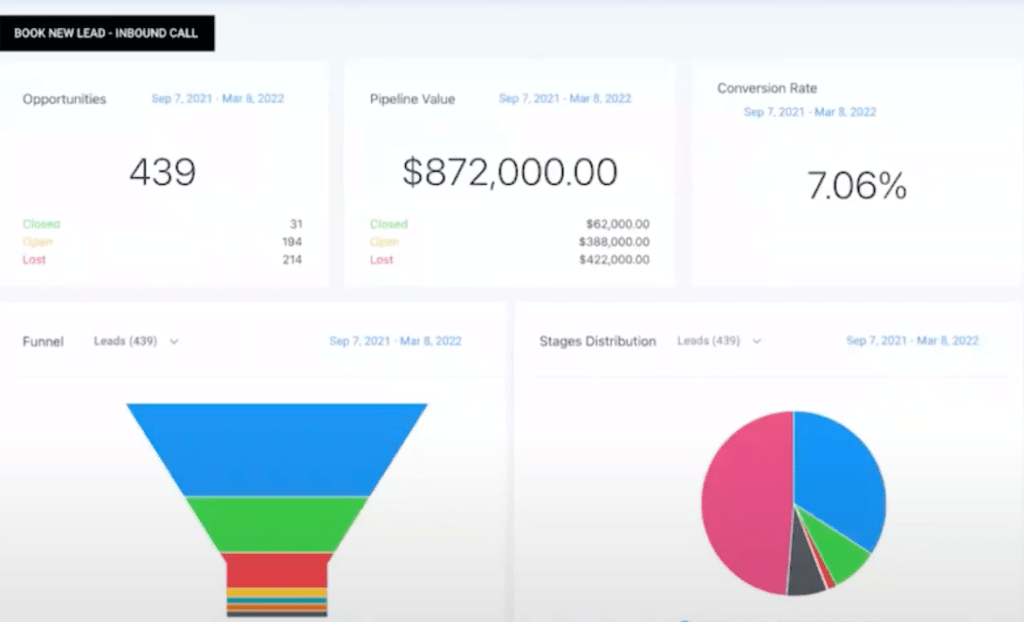
“Visibility is super important. On our side, what we do is try to coach people to utilize the software to create a revenue-based outcome, because it’s really hard to argue against that, right?! So, business owners could say, ‘Well, I don’t care about likes, or I don’t even care about leads’, however, if you can depict ‘dollars through the door’ via automation, that is very hard to push back against.”
It’s a great way for you as an agency to prove value because that’s really why you’re hired. Irrespective of what services you provide as an agency, the net effect the customer is looking for is MONEY. Ergo, if you can tie your results to money, then it suddenly becomes rather hard to replace you. ***FYI: the below image pops up at 11:08 minutes***
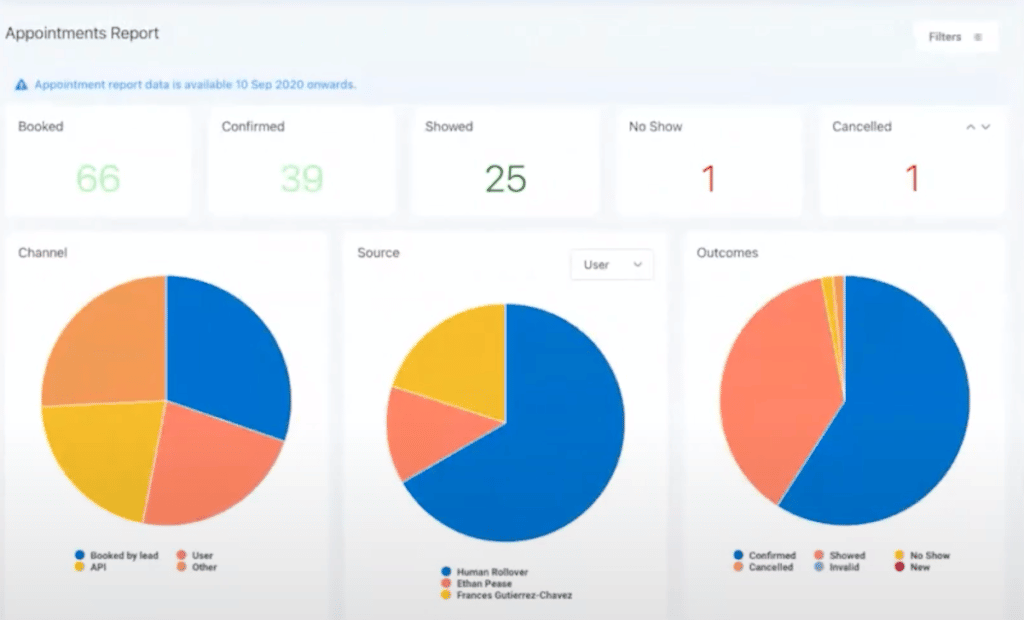
It’s about creating some other type of value in the way we look at the future for agencies. It’s really about being, not just a provider of services, but also a provider of technology, technology that helps businesses market their products. This is where companies such as HighLevel come in; not only do they help agencies provide their service, but also the tech which enables them to create a recurring revenue stream around the technology.
Closing the Gap Between Control & Visibility
There’s a thread I want to pull on at this point, which involves how to gain more control and visibility in terms of attribution and measurement while being able to automate more of the process. I’ve seen some of the things that agencies have done with HighLevel’s software, which has shifted a lot of my own beliefs around what we’re responsible for as an agency and what’s reasonable to have in the scope as a service offering.
“It feels good to say we’re not responsible for it – and maybe you’re not! But that doesn’t mean you’re not ultimately going to become a victim of that outcome one way or another. The business owner is very rarely going to say ‘I take full responsibility for my inability to follow up with leads’. So, as an agency, you need to first discuss accountability.”
Driving conversations through the platform and being able to have visibility of who’s doing what brings accountability.
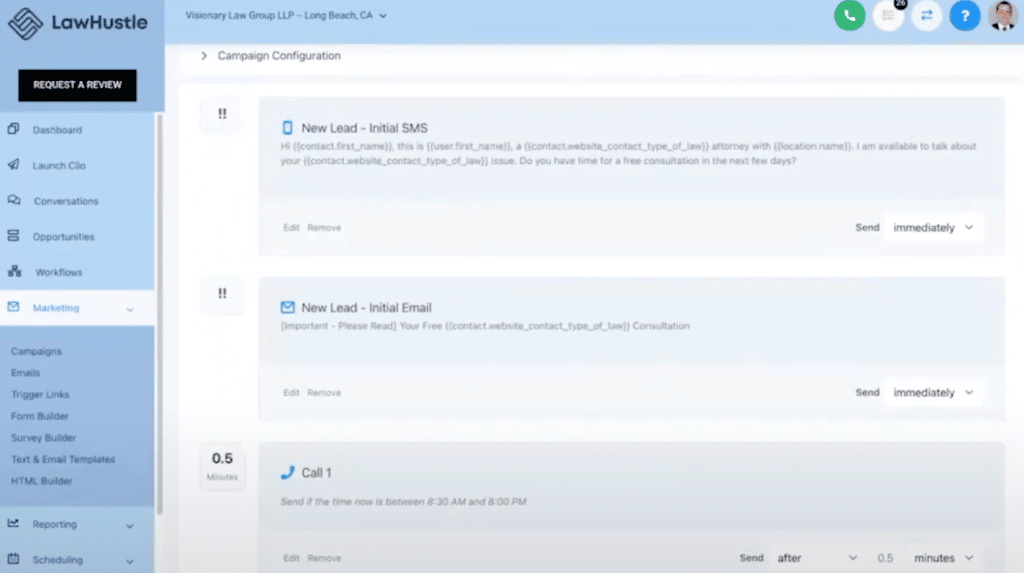
Not only does it help the agency stay with the customer, but it also helps the customer to realize that there’s a hole in their business requiring some investment. ***As for the automation side of the process and how it pertains to optimizing lead generation response times; Shaun digs into this further from 14:01 minutes***
Pricing & Client Retention
The pendulum in the SaaS market seems to swing from all-in-ones back to fragmented, then back to all-in-one. Right now, it feels like we’re in a market where there’s a ton of fragmentation. So, being able to pitch the following to a client is a very compelling prospect: “Hey, look at all these tools, look at your bill on your accounting software is 3, 4, 5, 6, 10 grand a month (AKA death by a thousand cuts), but we can clean all that up and provide you with better results.”
With that, let’s dive into pricing. How does Shaun typically see his clients pricing on top of this – in terms of the software portion versus the services?
“I would always say ‘Look, in the SaaS business I wouldn’t want to charge less than 297 a month’. So, that’s what we tell people to charge. Ultimately, the reason why is because – invariably – there’s going to be support that comes with that.”
Then, as you scale (let’s say a 1,000 clients at 297 a month) you will have to factor in hiring a customer support rep. However, it’s imperative that you do not include support as part of the services. It needs to be its own line item. Should you include it on for whatever reason, ensure you line it out on the invoice and strike out the price. That way, you leave the door open; if they do turn on the services, they can keep the software AND they know what that price tag is.
“We see this all the time. People will have a client come on for six months and then they’ll leave. However they keep the software they get for $300 bucks a month for another six months. Then the client wakes up and realizes that all these leads/results aren’t magic. They were actually coming from the agency!”
But since you didn’t fire the agency – as you’re still using them for the software – you can call them back up and request the services back. And, all the while, the agency is racking up this recurring revenue stream.
Key Takeaway…
Just take a moment to think of all your lost clients; now what if all of those people were still paying you $300 a month, what would that look like…?
There’s obviously this idea of using software to leverage servicing clients, or reselling software to clients. While that’s not a new concept in the agency space, what is reasonably new is a company like Shaun’s. HighLevel is purpose building for that distribution channel – as opposed to starting customer first and then essentially looking at agencies as another distribution channel. What they have done has radically improved the experience for agencies utilizing the platform.
It essentially gives agencies the ability to act as though they’ve built this entire technology platform and is their IP. Their customers aren’t even aware that its being powered by HighLevel, or even of its existence (***more on this from 21:24 minutes***).
In short, it’s technical WIZARDRY at work!
See more from Shaun…
- gohighlevel.com
- HighLevel Podcast
- LinkedIn @shaunclarkhighlevel
- HighLevel YouTube
Did you learn anything new from this episode? Let us know in the comments below! We have helpful blogs designed to bolster your agency profitability, such as How To Calculate Your Billable Employee Cost-Per-Hour.
Our next installment of #APP, on June 1st, will see Marcel chat with Mike Moll. Our previous blog – Episode 86 with Pia Silva – can be viewed here…
Avid #APP Listener?!
We would be eternally grateful if you could leave us a review…
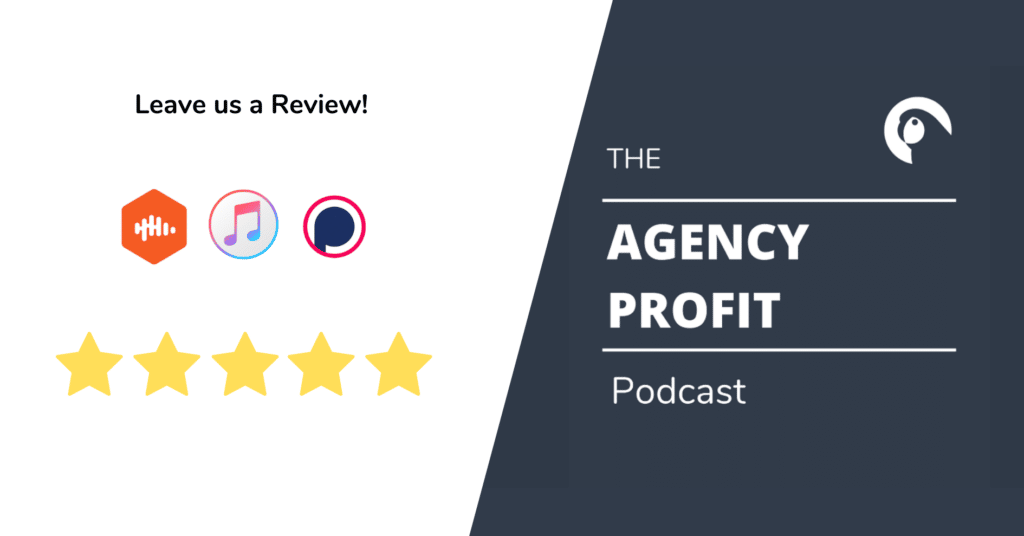
Agency Profitability Tool Kit
If you’re looking for more resources to help you improve your agency’s profitability, check out the Agency Profitability Tool Kit. It’s full of templates and checklists used when consulting clients. This helps them improve profitability by over 100% in under 60 days.

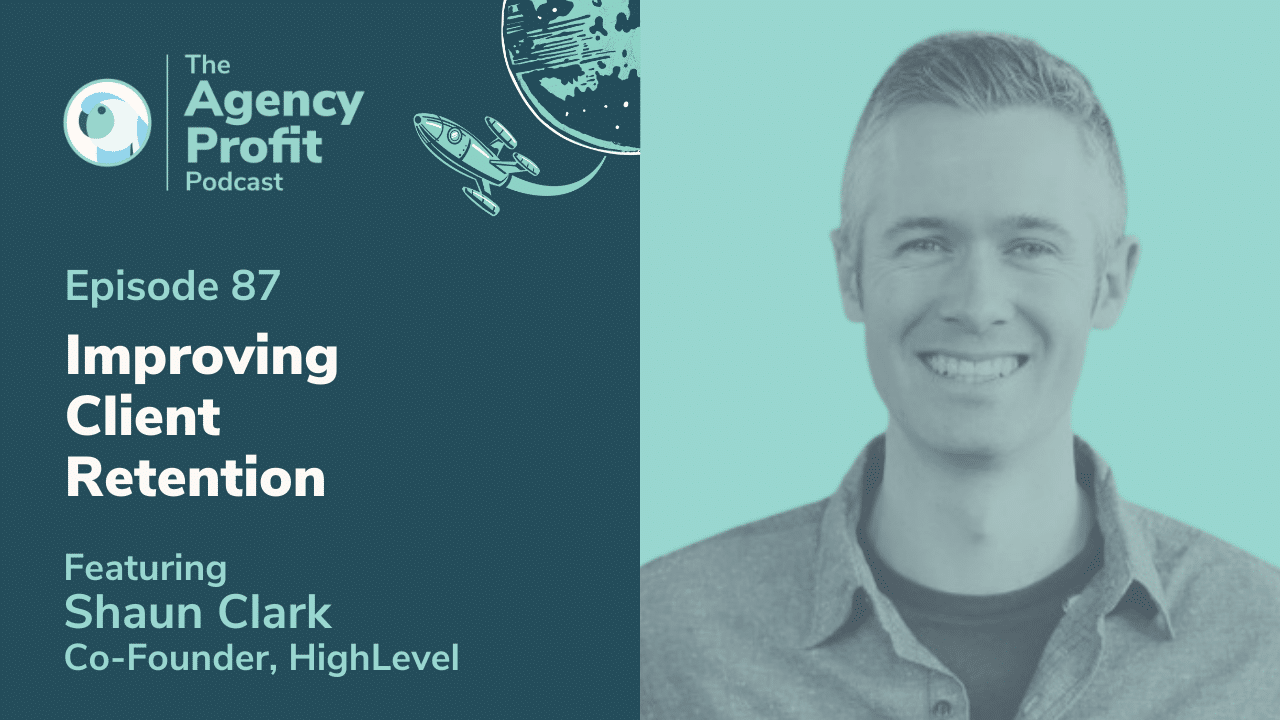


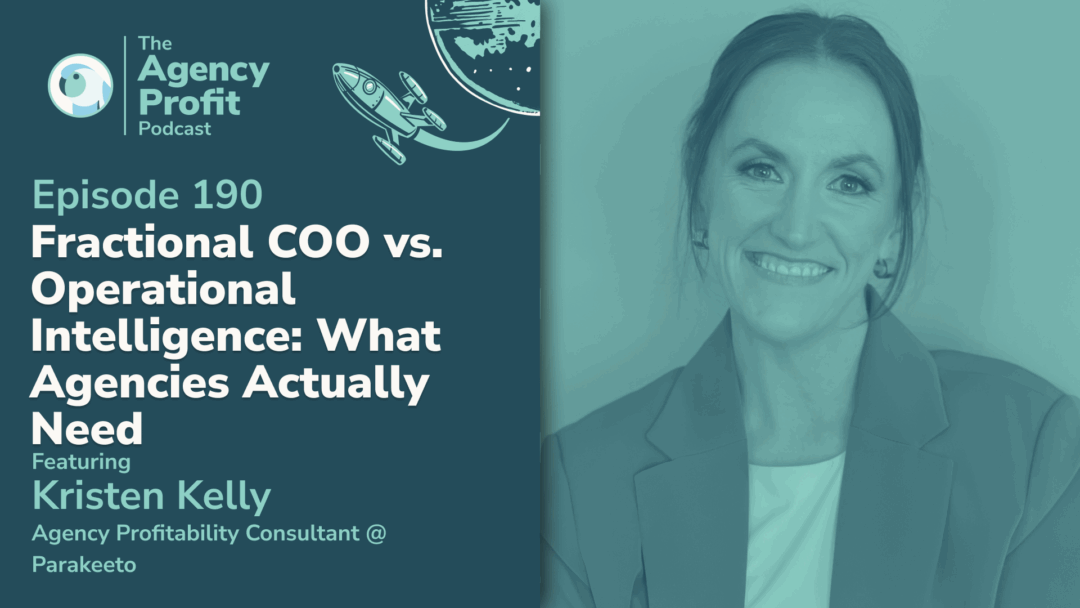
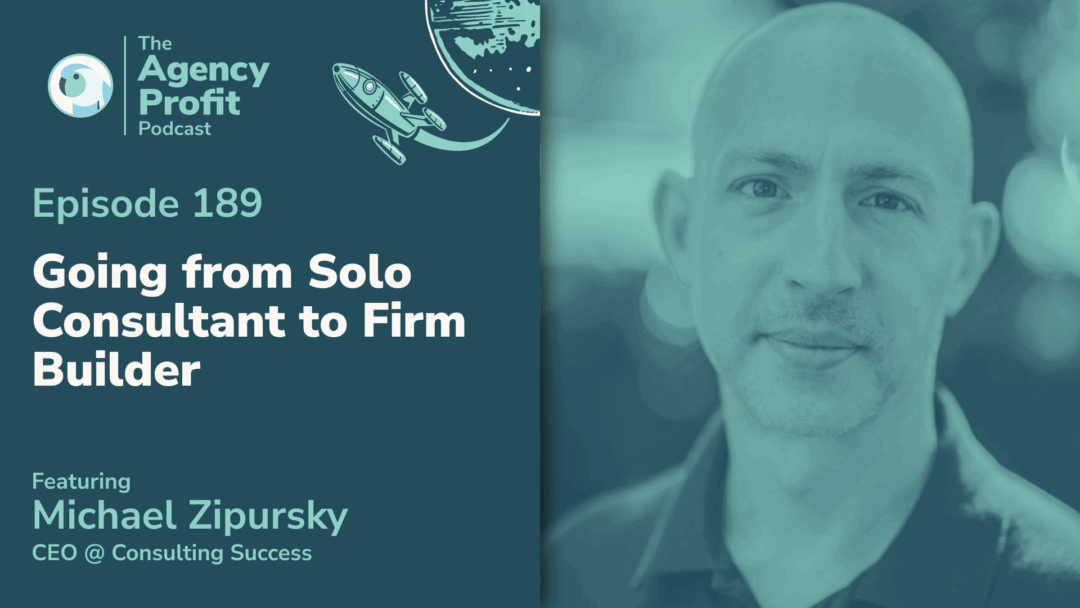
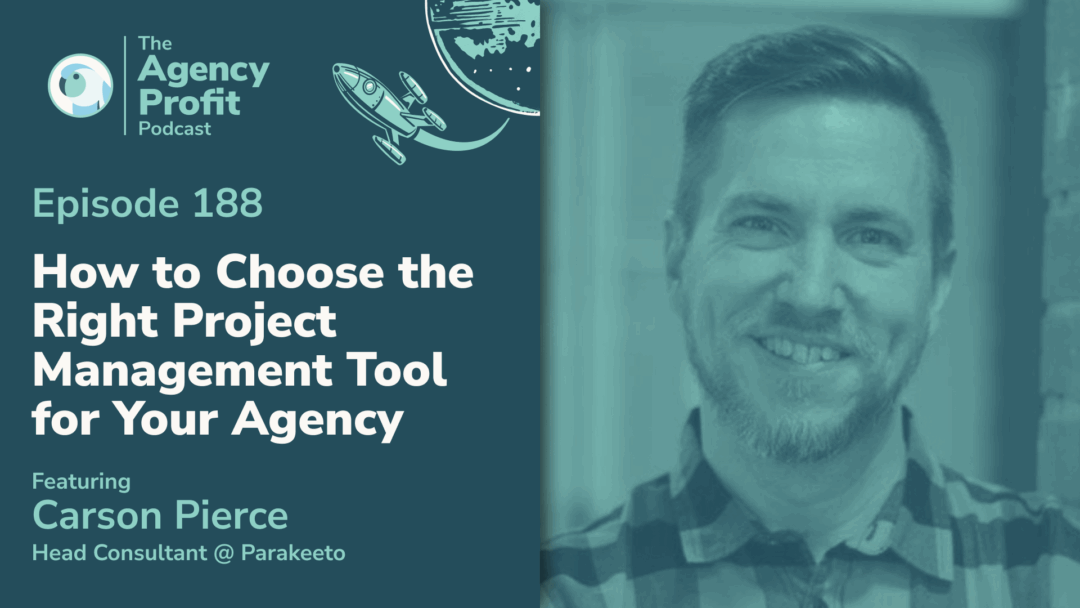

0 Comments